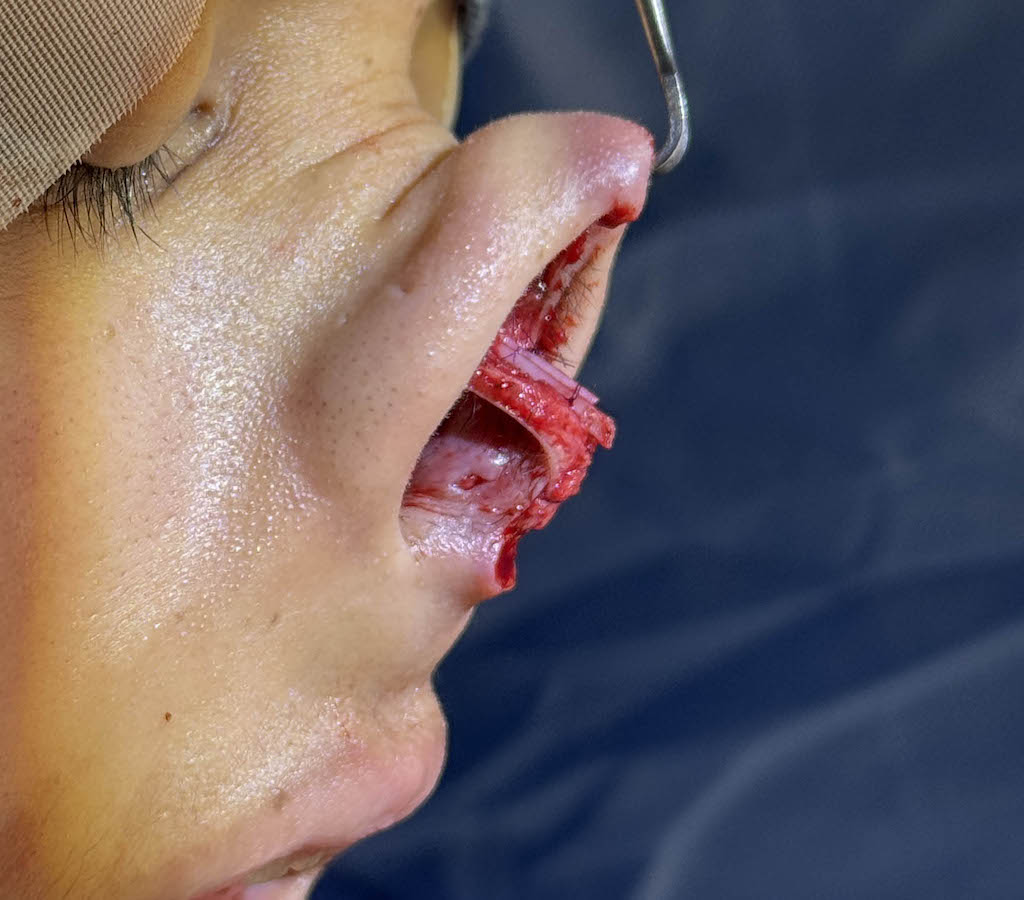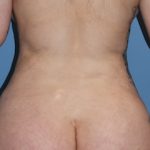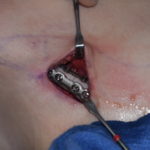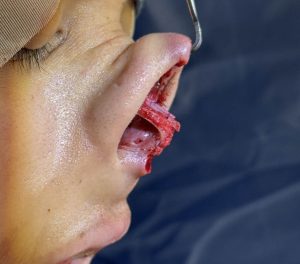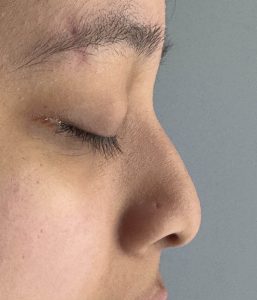Background: The nose has a wide variety of shapes due to its complex composition of cartilage and bony structures. The tip of the nose represents the best example of that being formed by the intersection of five different cartilages including the septum, the lower alar cartilages and the upper alar cartilages. As a result how these cartilages intersect along with their size and shape make for a wide variety of nasal tip shapes.
Despite this diversity in nasal tip shapes there are certain consistent features of them in which they can be classified into categories. One such nasal type category is that of the juvenile nose. As the name implies this is an overall smaller appearing nose which lacks projection. Most of this lack of nasal projection is seen in the tip area which is shorter, wider, and can even have a droopy appearance. The nasal tip is very soft and easily compressible.
In performing a rhinoplasty for the juvenile knows one of the key elements is to increase tip projection. However the lower alar cartlages are not of adequate size or strength to be put together alone by traditional dome suturing. The underlying caudal septum is short and is not providing adequate support to the tip cartilages to create much increase in projection. The key is adding structural support through cartilage crafting to extend the caudal septum. Once the caudal septum is adequately extended then a columellar strut graft can be added to provide a platform for more successful standard tip cartilage manipulations.
Case Study: This young petite female desired a change in her nasal shape. She had a small nose but with a flat droopy nose with wide nostrils and a comparatively broad nasal bridge. By digital compression the nasal tip was very soft with no spring back.
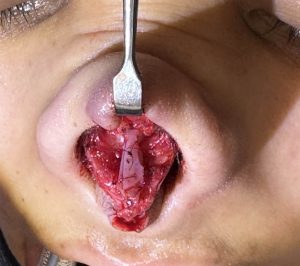
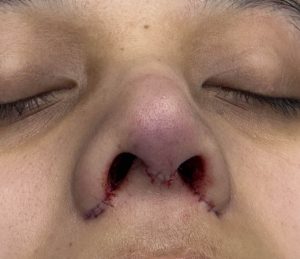
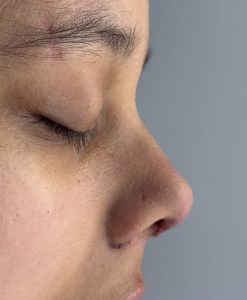
The nasal tip that lacks projection either has weak alar cartilages, lacks septal support or both. The obvious key is to add structural support. The most convenient graft source is the septum…if there is enough septum to harvest and it is strong enough to provide adequate support. In this case it was but barely. The juvenile nose often has significant septal underdevelopment and the cartilage is predictably thin.
Key Points
1) The juvenile nose shape is typically associated with younger patients due to its small nasal size and underprojected tip cartilages.
2) The under projected tip of the juvenile nose is due to inadequate septal development creating lack of vertical midline support to the lower alar cartilages..
3) The key to increasing tip projection and decreasing tip width is adding cartilage support with a septal extension and columellar strut grafting through an open rhinoplasty approach.
Dr. Barry Eppley
World-Renowned Plastic Surgeon

